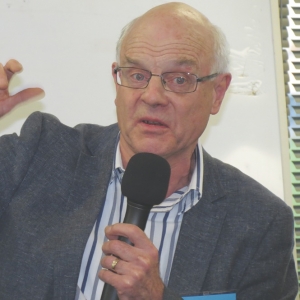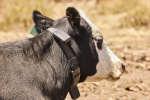Despite the pressure on the sheep industry it’s performed remarkably well with productivity per ewe having increased by 90% over the past 25 years, he says.
“There’s been a dramatic increase… and what’s caused this are a couple of things: the uptake of better ram genetics with better rams being bred by breeders, and, second,much better pasture management and much better management overall.”
The real impact of composite sheep breeds is something for the future, but the gains to date have been as a result of simply better genetics within existing breeds and better management, he says. The challenge for the sheep industry is to maintain the momentum of the past 25 years which has seen lambing percentages rise, lamb carcass weights increase and ewe weights increase.
Fennessey says overall ewe productivity has improved by 86%. “The productivity challenge is how do we maintain this ongoing productivity which is about 2.5% per year over the past 25 years? I am very optimistic about the sheep industry, despite all the grumbles that things are not very good.
“For example, we are now killing lambs at a much younger age than we used to 25 years ago. If you look at the pattern of kill, virtually our total production from New Zealand is not much different from what it was 25 years ago.”
Fennessey believes that over the next few years, the sheep industry needs to continue the momentum and increase the national lambing percentage, improve ewe weights which will help this and also reduce the ‘disappearance’ rate of ewes. He says at present about 10% of the ewe flock is ‘lost’ each year and this causes significant problems.
“The other big challenge is the competition for grass. The inexorable march of the dairy industry on grass has seen sheep pushed further back to the hills. About half our sheep are now held on the hard hills – that’s an enormous shift.
“The other one is getting the marketing right. Getting the story right along the whole chain from the farm into the market. The consumer and the farmer are effectively sitting at the same table now. Farmers need to start thinking about farming like the consumer is watching their every move.” Fennessey says this is fundamental when you have a premium product such as lamb.
The other big challenge for the industry is succession planning and getting good, young people interested in a career in agriculture. He says the sector has got to look at cunning ways to get them there.
“The industry is not seen as particularly sexy but says it should think more about marketing itself as the ‘food sector’ making it easier for young people to identify with.”

















